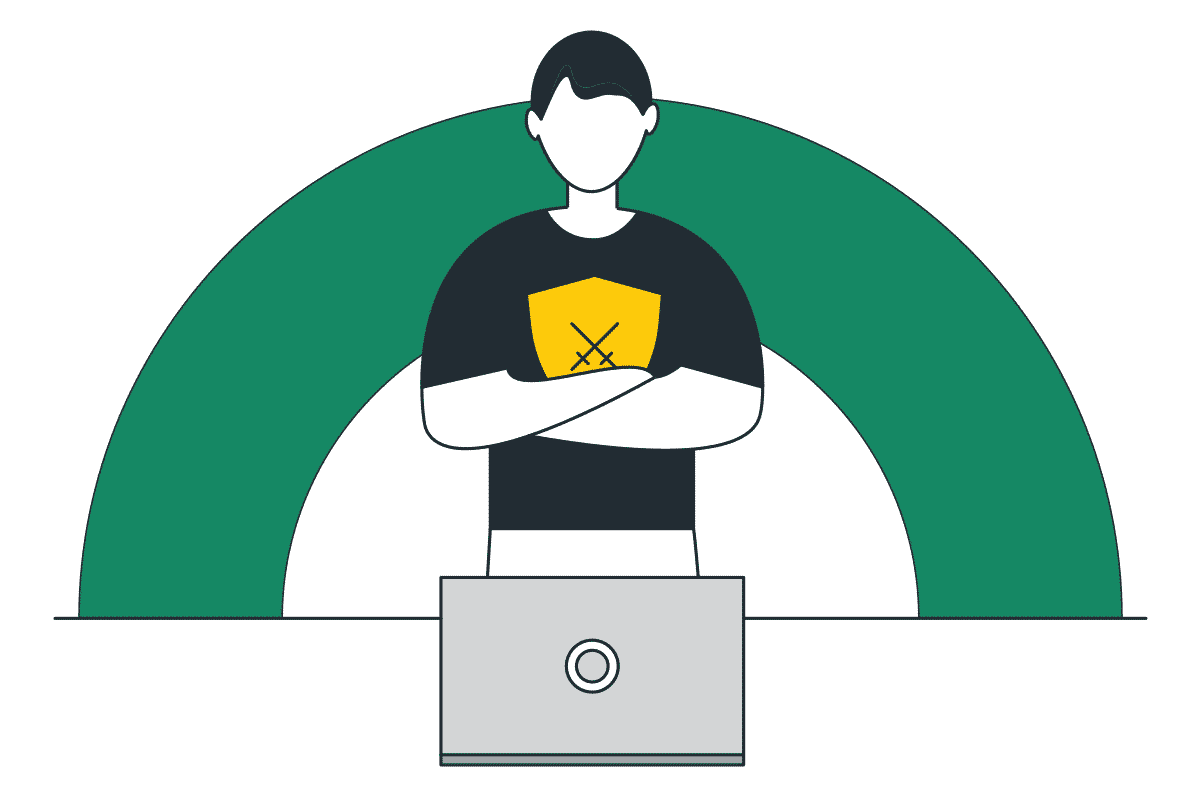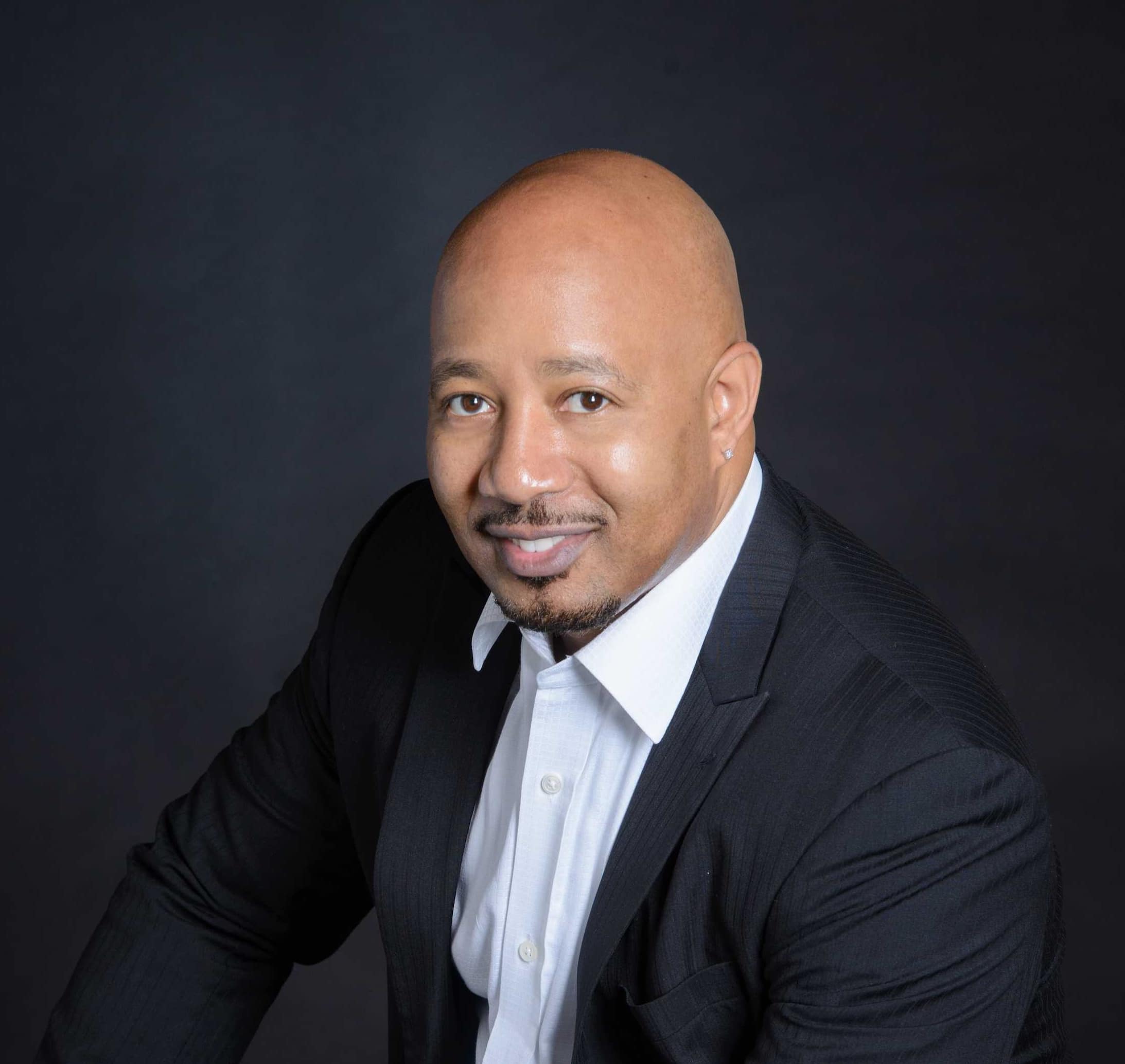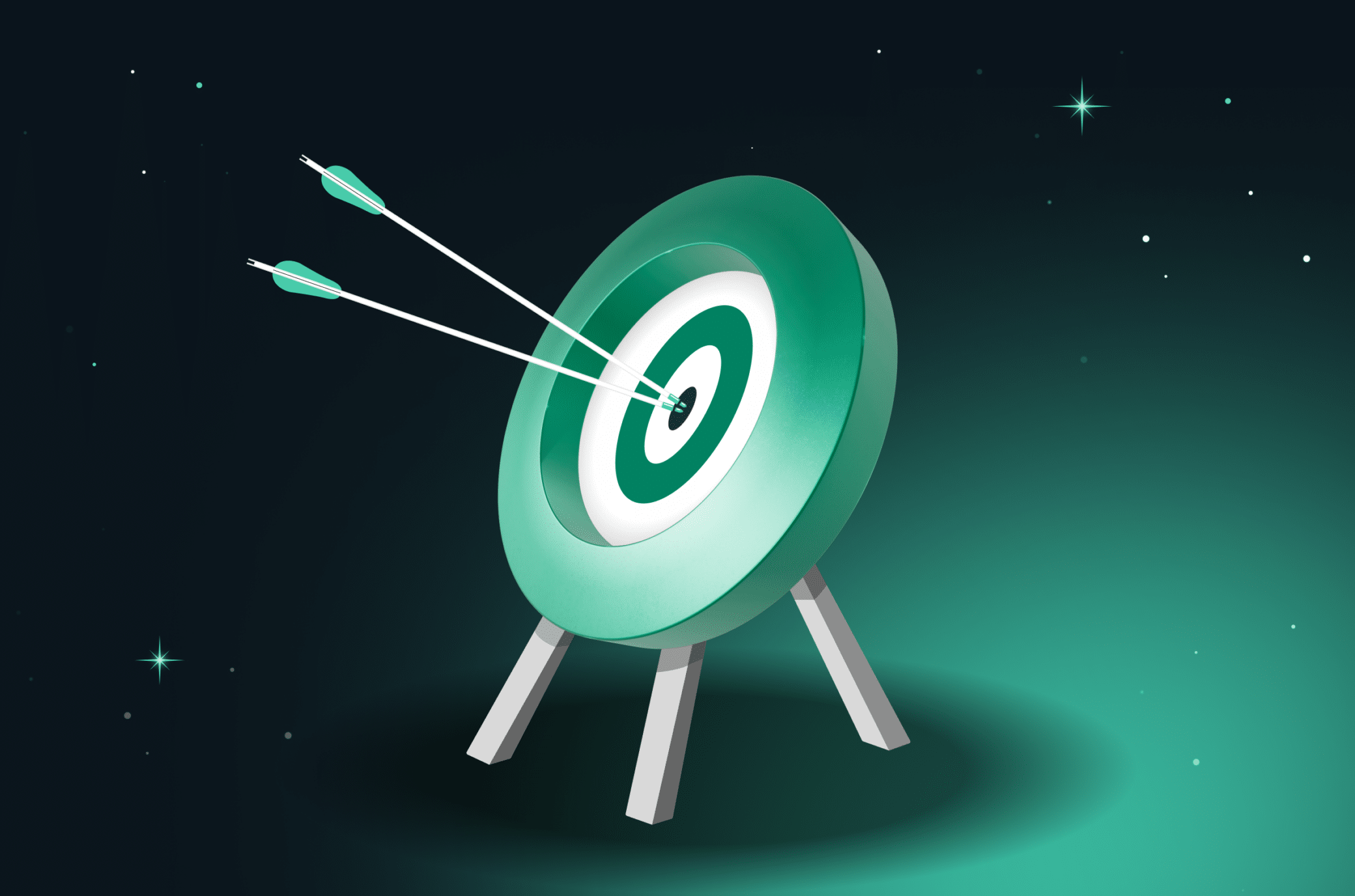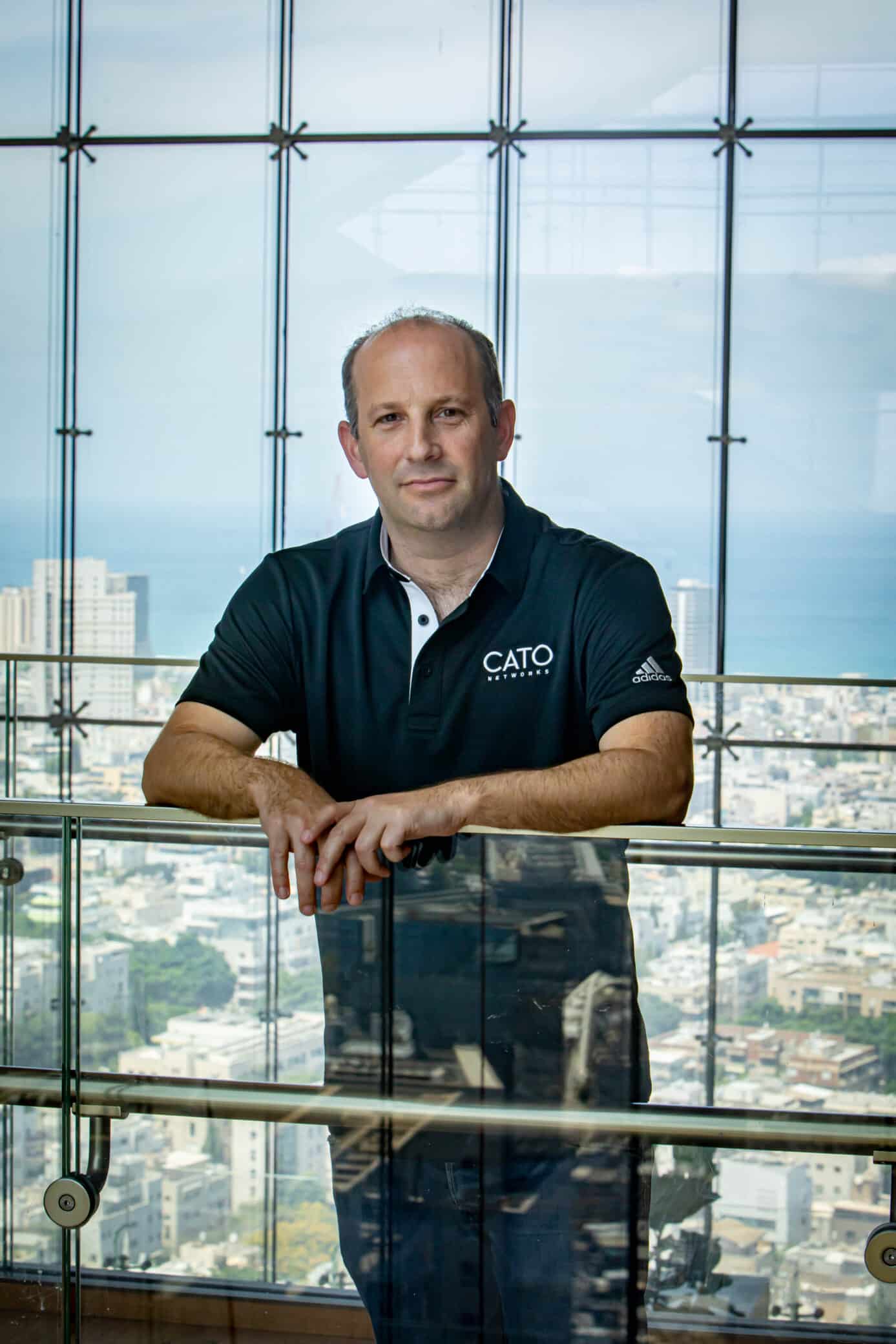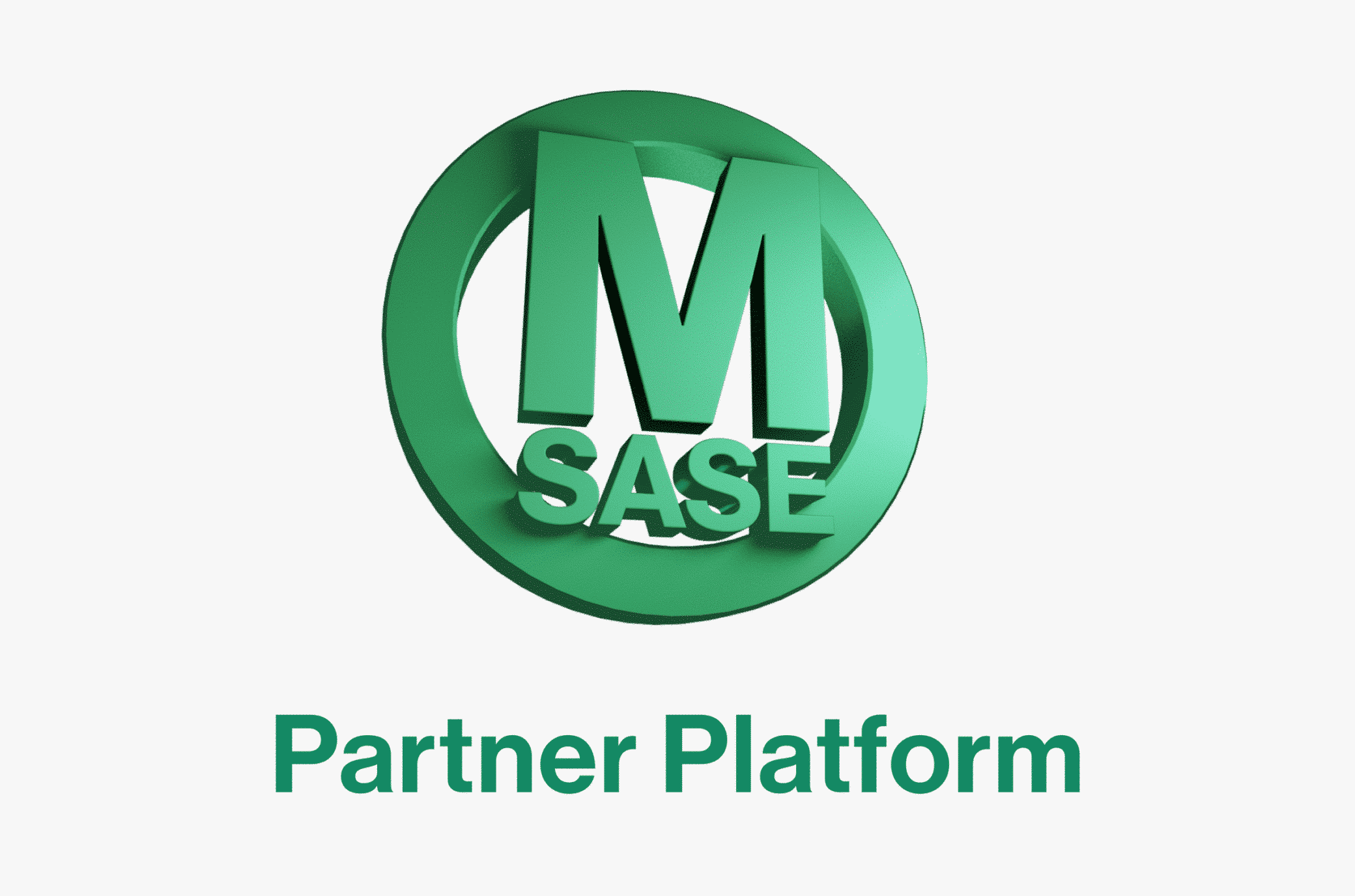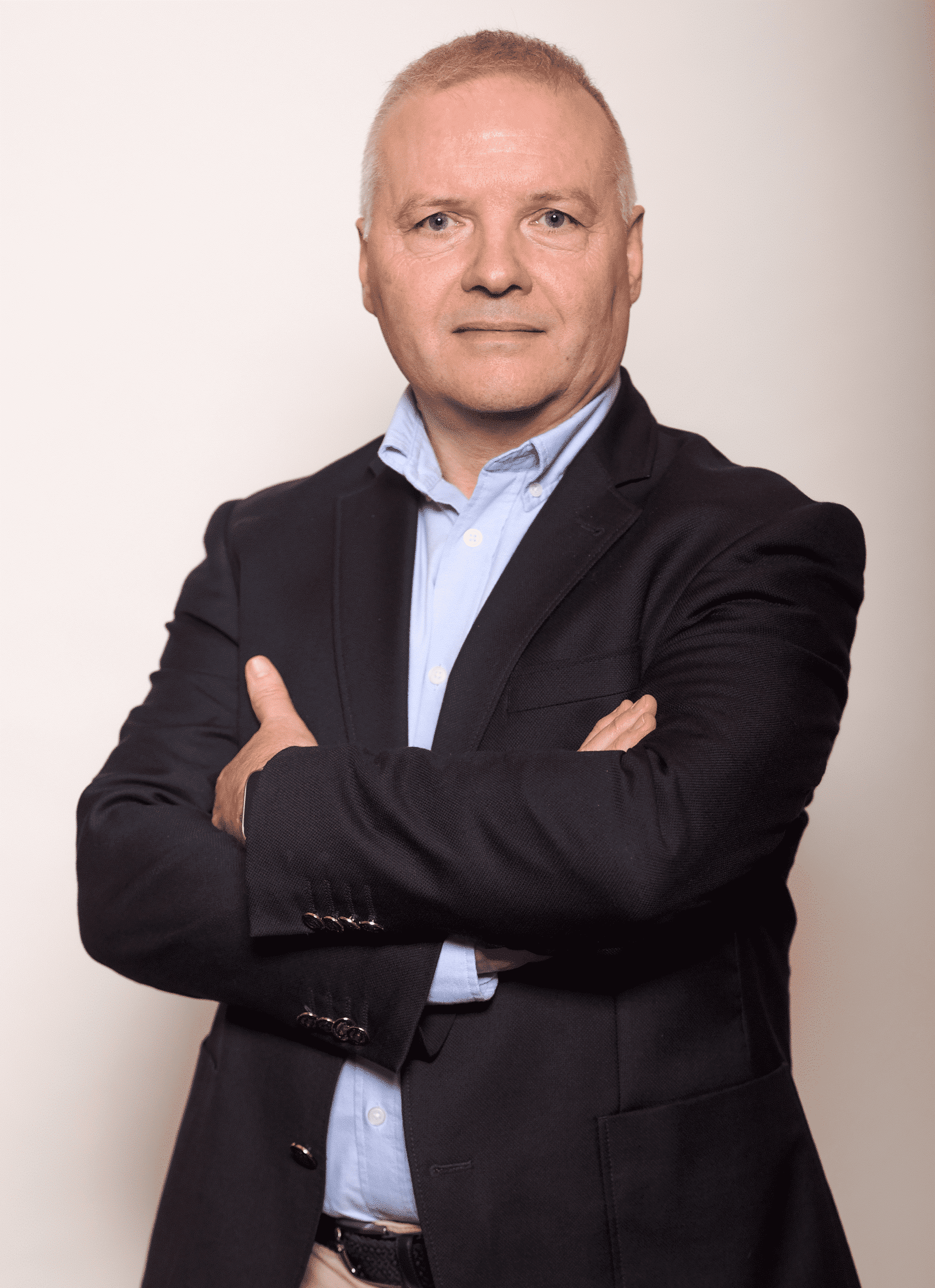ChatGPT and Cato: Get Fish, Not Tackles
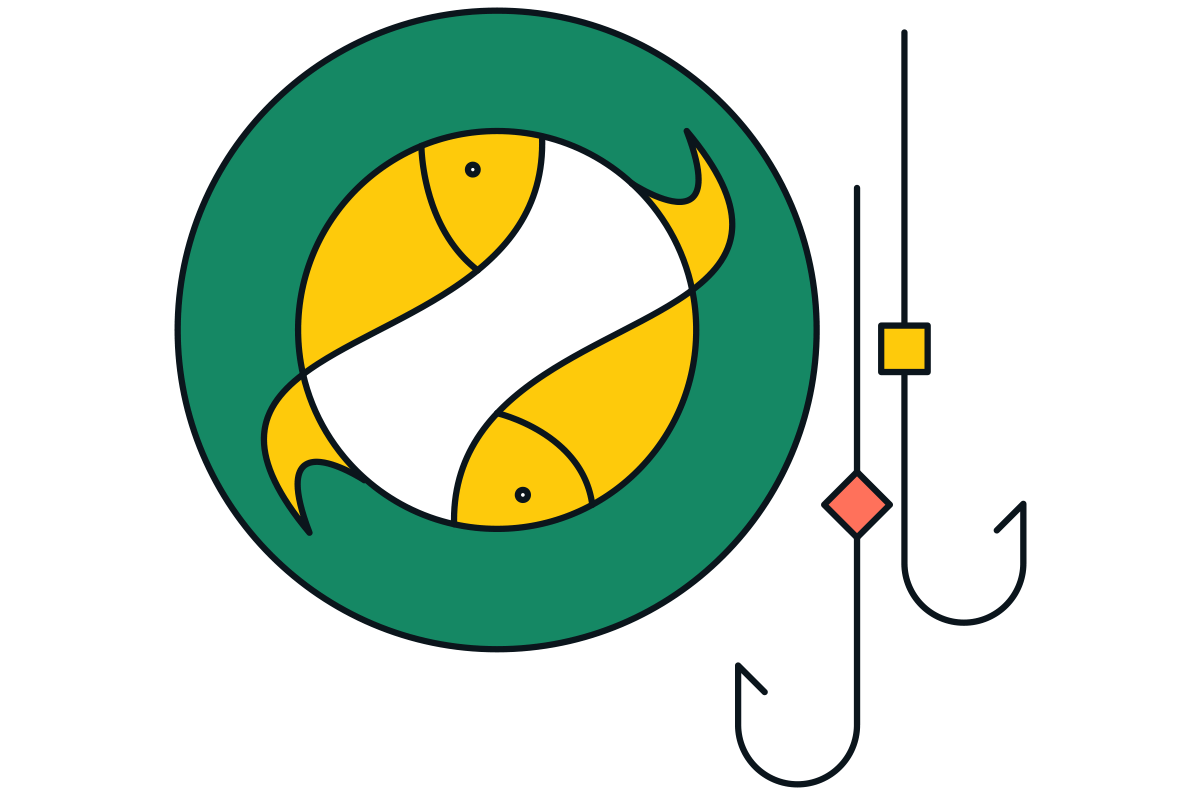
|
Listen to post:
Getting your Trinity Audio player ready...
|
ChatGPT is all the rage these days. Its ability to magically produce coherent and typically well-written, essay-length answers to (almost) any question is simply mind-blowing. Like any marketing department on the planet, we wanted to “latch onto the news.” How can we connect Cato and ChatGPT?
Our head of demand generation, Merav Keren, made an interesting comparison between ChatGPT and Google Search. In a nutshell, Google gives you the tools to craft your own answer, ChatGPT gives you the outcome you seek, which is the answer itself. ChatGPT provides the fish, Google Search provides the tackles.
How does this new paradigm translate into SASE, networking, and security? We have discussed at length the topic of outcomes vs tools. The emergence of ChatGPT is an opportunity to revisit this topic.
Historically, networking and network security solutions provided tools for engineers to design and build their own “solutions” to achieve a business outcome. In the pre-cloud era, the two alternatives on the table were Do-it-Yourself or pay someone else to Do-it-for-You). The tools approach was heavily dependent on budget, people, and skills to design, deploy, manage, and adjust the tools comprising the solution to make sure they continuously deliver the business outcome.
Early attempts to build a “self-driving” infrastructure to sustain desired outcomes didn’t take off. For example, intent-based networking was created to enable engineers to state a desired business outcome and let the “network” implement low-level policies to achieve it. Other attempts like SD-WAN fared better because the scope of desired outcomes was more limited and the infrastructure more uniform and coherent.
The Pitfalls of SASE Vendor Selection: Features vs. Strategic Outcomes | Download the White PaperThinking about IT infrastructure as enabling business outcomes became even more elusive as complexity grew with the emergence of digital transformation. Cloud migration and hybrid cloud, SaaS usage proliferation, growing use of remote access, and the expansion of attack surface to IoT have strained the traditional approach of IT solution engineering of applying new tools to address new requirements.
In this age of skills and resource scarcity, IT needs to acquire “outcomes” not mere “tools.”
There is an important distinction here between legacy and modern outcome delivery. Legacy outcome delivery is typically associated with service providers. They use tools to engineer a solution for customers, and then use manpower to maintain and adapt the solution to deliver an agreed upon outcome. To ensure they meet the committed outcomes, customers demand and get SLAs backed by penalties. This business structure silently acknowledges the fact that a service provider is fundamentally using the “same” headcount to achieve an outcome without any fundamental advantage over the customer’s IT. Penalties serve to motivate the service provider to deploy sufficient resources to deliver what the customer is paying for.
Modern outcome delivery is built on cloud native service platforms. It is built with a software platform that can adapt to changes and emerging requirements with minimal human touch. Most engineering goes into enhancing platform capabilities not managing it to specific customer needs.
This is where Cato Networks shines. Once a customer onboards into Cato, our platform is designed to continuously deliver “a secure and optimal access for everyone and everywhere” outcome without the customer having to do anything to sustain that outcome. The Cato SASE Cloud combines extreme automation, artificial intelligence, and machine learning to adapt to infrastructure disruptions, geographical expansion, capacity changes, user-base mobility, and emerging threats. While highly skilled engineers enhance the platform capabilities to seamlessly detect and respond to these changes, they do not get involved in the platform decision making process that is largely self-driving. Simply put, much of the customer experience lifecycle with Cato is fully and truly automated and embodies massive investment in outcome-driven infrastructure that is fully owned by Cato.
What this means is that any customer that onboards into Cato immediately experiences the networking and security outcomes typical of a Fortune 100 enterprise, in the same way an average content writer could deliver better and faster outcomes when assisted by the outcome driven ChatGPT.
If you want a fresh supply of fish coming your way as “Cato Outcomes”, take us for a test drive. Tackles are included, yet optional.










